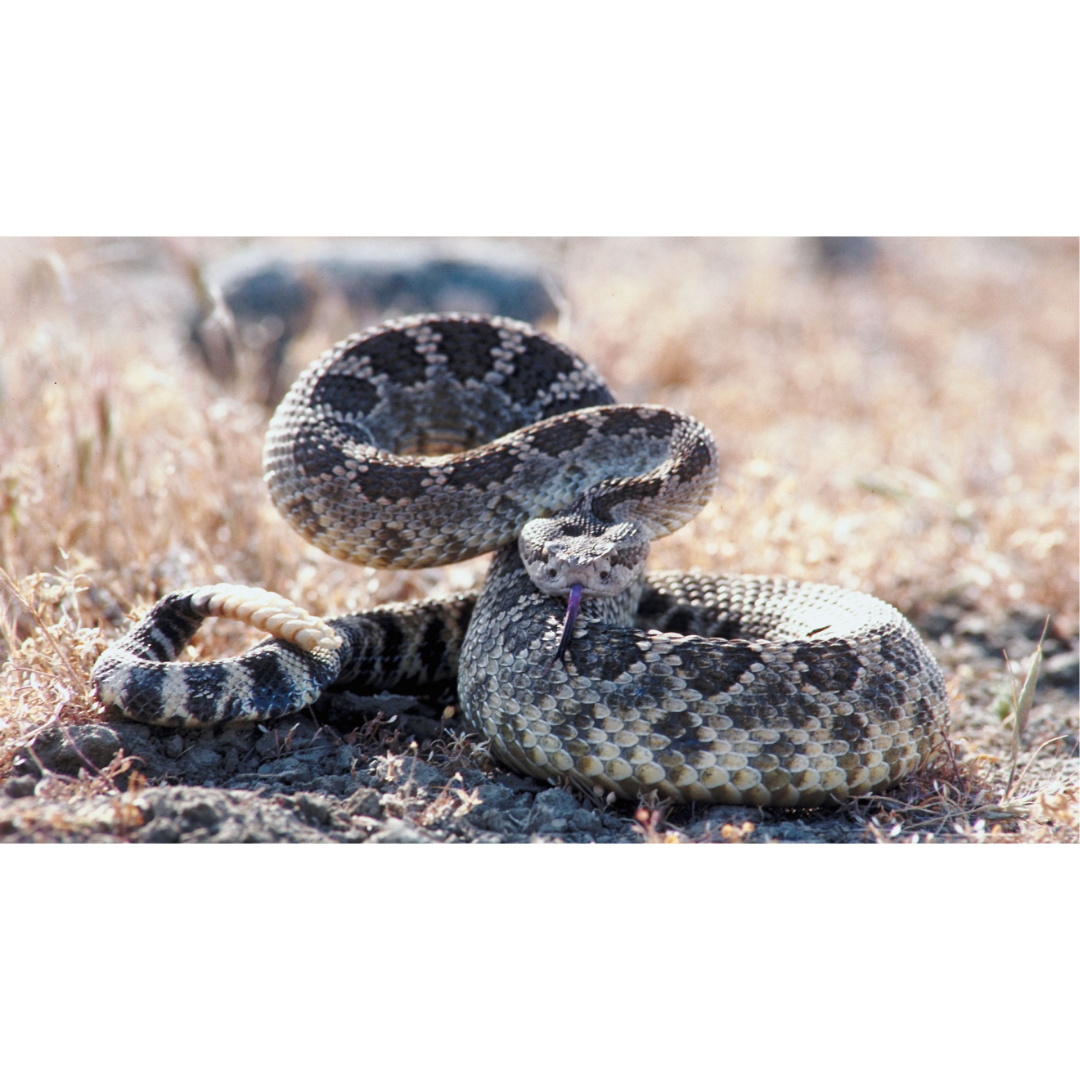Top Rattlesnake Species Found in Arizona Backyards
Arizona is home to more rattlesnake species than anywhere else in the United States. And while these snakes are an essential part of the Sonoran Desert ecosystem, they often end up where people least expect them — right in the backyard.
At Arizona Snake Removal, we respond to hundreds of calls every year from homeowners across Phoenix, Scottsdale, Mesa, and surrounding areas who find rattlesnakes near patios, garages, and pools. Knowing which species you’re most likely to encounter can help you stay calm, stay safe, and make the right call when one shows up.
Here’s a guide to the most common rattlesnakes found in Arizona backyards.
1. Western Diamondback Rattlesnake (Crotalus atrox)
If you’ve seen a rattlesnake in your yard, chances are it was a Western Diamondback. This is the most widespread and commonly encountered species in Arizona.
Appearance: Tan or gray body with diamond-shaped blotches, black and white tail bands, and a thick, heavy body.
Habitat: Found everywhere—from rural desert lots to downtown Phoenix backyards.
Behavior: Defensive but not aggressive; they rely on camouflage and warning rattles before striking.
Western Diamondbacks are often spotted near block walls, AC units, and pool decks, especially during spring and fall when temperatures are moderate. Rattlesnakes in Pools: Why Your Backyard Oasis Is a Desert Trap
2. Mojave Rattlesnake (Crotalus scutulatus)
The Mojave rattlesnake looks similar to the Western Diamondback but packs one of the most potent venoms of any North American snake.
Appearance: Light greenish or tan coloration, diamond-shaped markings, and narrower white and black tail bands than the Diamondback.
Habitat: Prefers open, flat desert areas but occasionally shows up in suburban developments near native habitat.
Behavior: Known for standing its ground and giving multiple warning rattles before striking.
If you live on the outskirts of Phoenix, Cave Creek, or Buckeye, this species is one to watch for. When the Desert Crawls: The Real Story Behind Arizona’s Rattlesnake Removals
3. Speckled Rattlesnake (Crotalus pyrrhus)
Speckled rattlesnakes are masters of disguise. Their coloration matches the rocks and soil in their area, making them nearly invisible.
Appearance: Gray, pink, or orange hues with fine speckling rather than clear bands.
Habitat: Found near rocky landscapes, retaining walls, and hillside neighborhoods.
Behavior: Prefers to hide and avoid confrontation, often spotted resting under decorative rocks or planters.
In the Phoenix area, they’re more common near mountain preserves and rocky desert landscaping. Buried in the Gravel: The Silent Risk of Decorative Rock Landscaping
4. Black-Tailed Rattlesnake (Crotalus molossus)
This striking species is known for its shiny black tail and calm temperament.
Appearance: Olive green or yellowish body with distinct dark crossbands and a glossy black tail.
Habitat: Common in foothill and mountainous regions, but occasionally wanders into homes built near natural terrain.
Behavior: Typically docile, often spotted basking near rock walls or under shade structures.
Black-tailed rattlesnakes are less common in central Phoenix but frequently found in North Scottsdale, Fountain Hills, and Cave Creek. Rattlesnakes in Scottsdale: A Day in the Life of a Desert Hunter
5. Sidewinder Rattlesnake (Crotalus cerastes)
Named for its unique sideways movement across sand, the Sidewinder is smaller but just as venomous as its relatives.
Appearance: Pale beige or tan with small “horns” above each eye.
Habitat: Prefers sandy, open desert terrain, but may enter yards on the fringes of the Valley.
Behavior: Buries itself in sand during the day and hunts small rodents at night.
They’re most often encountered in West Valley communities and rural desert areas. Rattlesnake Tracks: How to Read the Signs Before You Step
Why These Snakes Enter Arizona Backyards
Most rattlesnakes found in backyards aren’t lost — they’re following food, water, and shelter. Common attractants include:
Bird feeders (draw rodents)
Leaky irrigation lines
Piles of debris or rocks
Shaded patio furniture and toys
Gaps under sheds and foundations
Once a rattlesnake finds reliable cover or prey, it may stay in the area for days or weeks. What Attracts Rattlesnakes to Your Home (And How to Stop It)
What to Do if You Find a Rattlesnake in Your Yard
Stay calm and back away slowly. Don’t try to kill or move the snake yourself.
Keep children and pets indoors.
Call Arizona Snake Removal immediately. Our trained professionals provide safe, humane rattlesnake removal anywhere in Maricopa County.
Schedule a property inspection. We can identify why snakes are showing up and recommend prevention steps like snake fencing.
Keep Your Backyard Safe with Arizona Snake Removal
Rattlesnakes are part of Arizona’s desert life, but they don’t belong in your backyard. Whether you live in Phoenix, Scottsdale, Mesa, or any surrounding city, Arizona Snake Removal provides 24/7 rattlesnake removal, property inspections, and snake fencing installations to keep your family safe.
Call the experts today and make your Arizona yard safe, secure, and snake-free.

